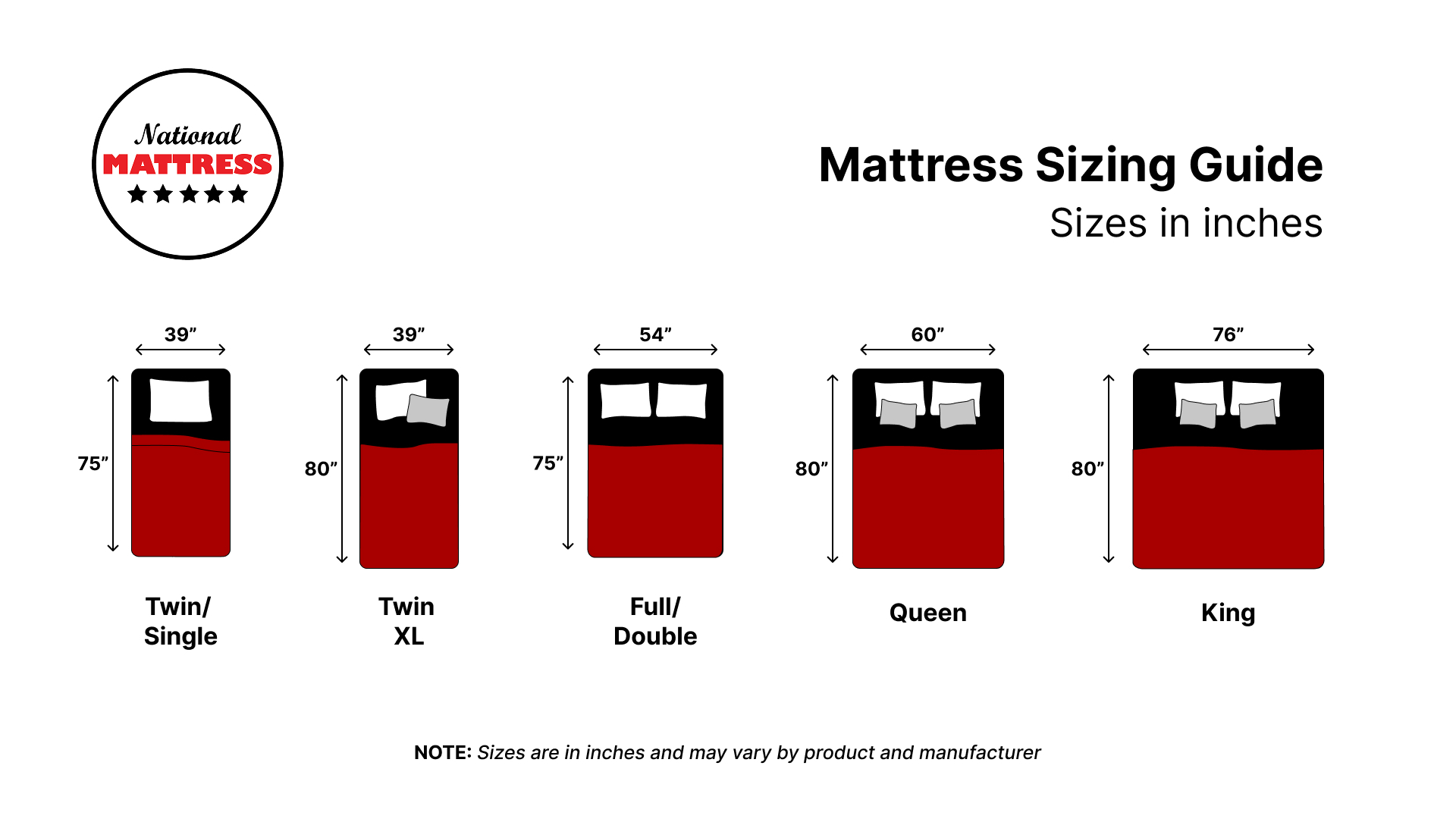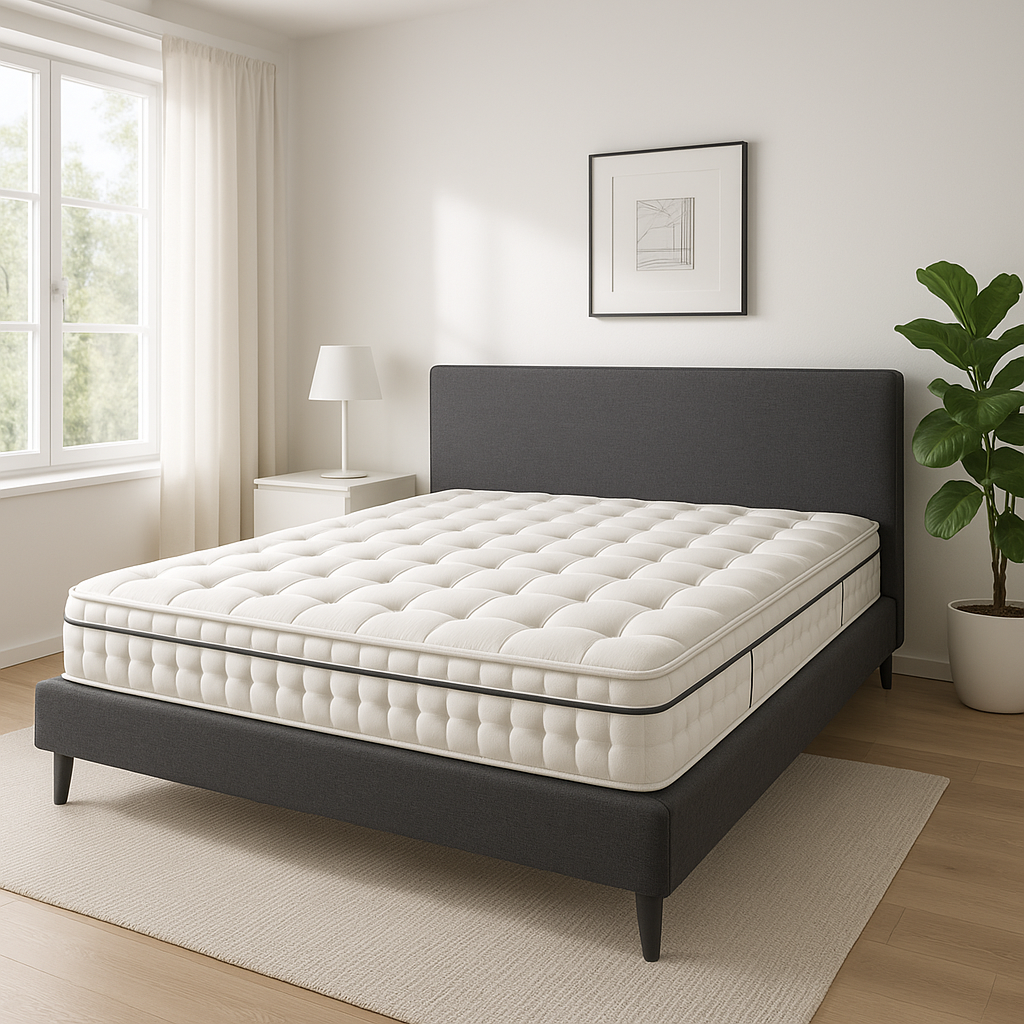
How To Reduce Motion Transfer When Sleeping
If you’re like most people, you spend nearly a third of your life sleeping—so why not make every minute count? One common sleep disruptor that often goes overlooked is motion transfer. If you’ve ever been jostled awake by a partner tossing and turning, you know exactly what we’re talking about.
In this blog, we’ll break down what motion transfer is, how it affects your sleep quality, and the best ways to reduce it—so you can finally enjoy an undisturbed night’s rest.
What Is Motion Transfer in a Mattress?
Motion transfer refers to how movement on one side of the bed travels across the surface and affects the other side. Whether it’s a partner getting up for a glass of water or simply changing positions, a mattress with high motion transfer will send that movement directly to you, potentially waking you up throughout the night.
How Motion Transfer Impacts Your Sleep
Even minor disturbances during the night can affect your ability to fall into deep, restorative sleep. When you’re frequently waking up—or shifting to adjust to your partner’s movements—your body isn’t able to fully recharge. Over time, this can lead to:
• Daytime fatigue
• Difficulty concentrating
• Mood swings or irritability
• Weakened immune function
If you’re a light sleeper or prone to restlessness, reducing motion transfer can make a significant difference in how rested you feel.
4 Easy Ways to Reduce Motion Transfer While Sleeping
Looking to minimize those sleep disruptions? Here are four effective ways to reduce motion transfer in your bed:
1. Invest in a Memory Foam Mattress
Memory foam is known for its ability to isolate movement. Unlike traditional innerspring mattresses that tend to bounce and transfer motion, memory foam absorbs impact—keeping you undisturbed even if your partner moves around. It also offers excellent pressure relief and spine support, making it a great option for people with back pain.
2. Add a Motion-Reducing Mattress Topper
If you’re not ready to replace your entire mattress, a memory foam mattress topper can help. These affordable add-ons provide an extra layer of motion-absorbing material, making your current mattress feel more supportive and stable.
3. Use Separate Bedding
Sharing a blanket may feel cozy, but it can lead to more motion transfer. Using separate comforters or sheets allows each sleeper to move independently without disturbing the other—especially helpful if one of you is a blanket hog!
4. Choose a Cooling Mattress to Prevent Tossing and Turning
Overheating during the night can lead to frequent wake-ups and restlessness. A breathable, temperature-regulating mattress can help prevent tossing and turning caused by night sweats or discomfort. Look for gel-infused memory foam or hybrid models with built-in cooling technology to stay cool and comfortable.
Final Thoughts: Get the Sleep You Deserve
Reducing motion transfer can be a game-changer for your sleep quality—especially if you share a bed. Whether you choose to upgrade to a memory foam mattress, add a topper, or rethink your bedding setup, the goal is to create a sleep environment that promotes uninterrupted rest.
Looking for a mattress designed to reduce motion transfer? Explore our curated collection of memory foam and hybrid mattresses in-store or online at National Mattress.


